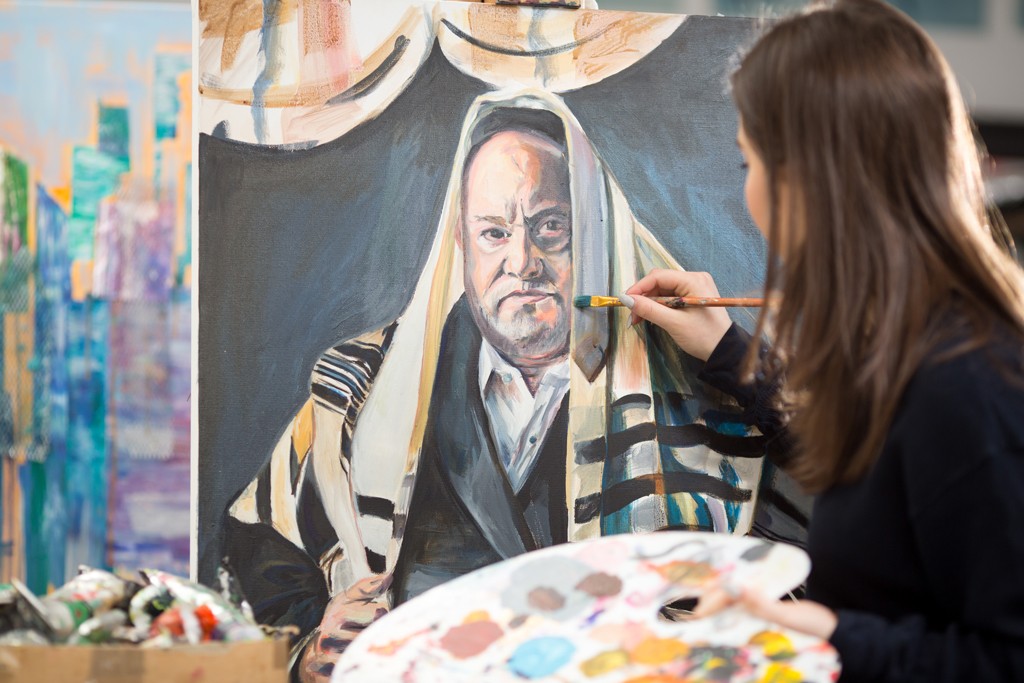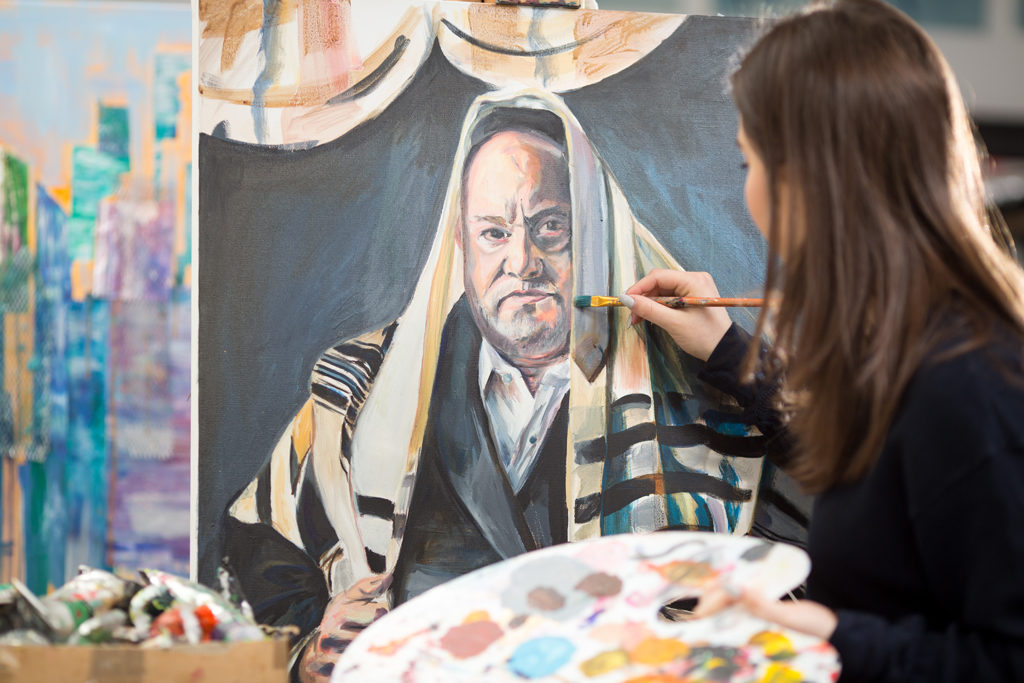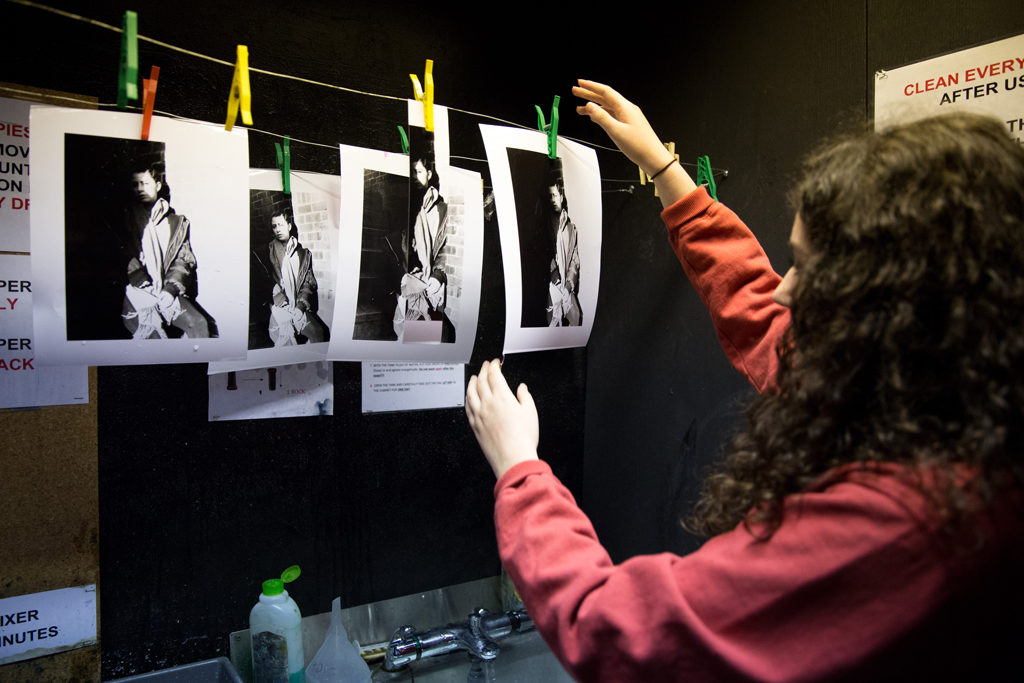The Value of Creativity
By
5 years ago

Adam Bainbridge, Head of Art at Brampton College, London, explains why we need to urgently challenge fixed mindsets and embrace the value creativity.

It has been well documented that the number of young people selecting arts subjects at GCSE and A-level is falling; this year alone has seen a six and a half per cent decrease in students enrolled on creative subjects. Many – myself included – attribute this drop in part to the controversial English Baccalaureate (EBacc) system which measures secondary schools based on the number of pupils who study maths, English, a modern foreign language, science, and either geography or history at GCSE without taking into account any creative subjects. The EBacc has contributed to this erroneous categorisation of subjects into ‘hard’ or ‘soft’, with certain subjects considered more academically rigorous and leading to a better university offer, while ‘softer’ subjects (usually the creative arts) are placed lower in the hierarchy.
It’s heartening to see that universities have been taking positive steps to address this problematic perception of arts subjects. In May 2019, Russell Group universities scrapped their list of ‘facilitating subjects’ (a list of recommended A-levels to help pupils secure a university place), following criticism that it was squeezing arts and technical subjects out of schools.
However, more must be done to protect creativity within the education sector and promote the value of the arts more widely. Having been an art teacher for six years, I’ve noticed that many people – students, parents and colleagues alike – approach the subject with fixed ideas and prejudices. We have to challenge these if we’re going to start seeing positive changes in schools.
Firstly, it’s key to overcome the assumption that someone’s potential for being creative is measured by their technical ability in drawing or painting. It’s limiting – and false – to believe that if a person is ‘not good’ at drawing, they are not creative. Creativity is a process, not a specific technique, and people can be creative through a whole range of processes and ways of working that are not traditional technical skills. A student’s ability to succeed at a creative subject is much more down to how they think as opposed to what they can technically do.
Creativity is also crucial for society as a whole: it enables us to shape and change the world we live in based on the challenges it presents. Learning to think creatively is essential in every career, not only the arts sector.
The World Economic Forum reports that by 2020, the three most important and sought-after skills will be complex problem solving, critical thinking and creativity – these are all competences students will learn when studying art and photography. Creative thinking is all about problem solving and thinking laterally: it means taking an idea from an initial starting point, developing it into a fully realised outcome and overcoming the many and inevitable challenges that will arise along the way. As any artist will know, completing artwork can come with many frustrations and challenges. Students must learn resilience so they can adapt to and bounce back from the challenges they’ll face.
Creating meaningful coursework encourages young people to generate new ideas and possibilities, think laterally and make convincing connections between different themes and processes. This imaginative mode of thinking effectively equips young people to evolve alongside the constantly changing ways of living and working.
These so-called ‘soft skills’ are exactly what employers want in their workforce. Brampton art students have taken these skills into many and varied career paths, including architecture, graphic design, visual communications, engineering and filmmaking.

What can schools do to challenge perceptions?
To combat the narrow perception that creativity can be boiled down to drawing and painting, art needs to be taught in an open, inclusive manner that nurtures all abilities. Creativity is more than an innate skill that one does or does not possess – it’s a practice that can be enhanced every day. Many of my GCSE and A-level students have received an A or A*, despite lacking experience in ‘traditional’ art skills.
I firmly believe it’s this rigid way of thinking which excludes many people from selecting the creative subjects. Too many young people miss out on the opportunity to gain valuable skills and also to practise a discipline that brings so much enjoyment and has a positive impact on wellbeing.
To become true advocates for the importance of art, schools must work to overcome these fixed mindsets. This can be achieved by ensuring lessons focus on the creative process and the formation of a meaningful piece of work, rather than simply honing technical skills or producing a realistic still life for example. Learning how to overcome problems imaginatively fosters more transferable skills than learning how to draw a portrait.
Teaching art inclusively will promote the value of the subject beyond the school gates to parents and students, irrespective of whether or not a student wants to work in the arts.

Brampton College is London’s highest achieving sixth form college for the 18th year in succession with a prestigious art department – notable alumni include Talia Collis, now Associate Producer for Vogue in NYC, and Essie Buckman, a London fashion designer with her own label.
Visit the school by visiting here.



